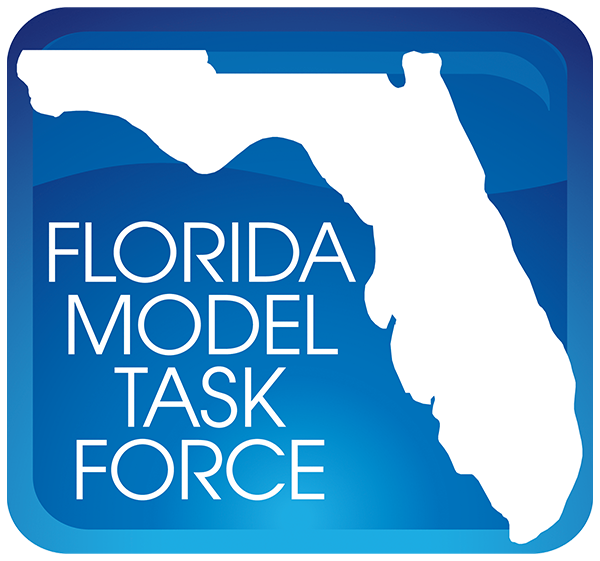

In recent years, urban policymakers, faced with the growing and complex problems of air pollution and traffic congestion have begun to ask for more sophisticated decision-making tools, including models to forecast travel demand and its effect under various circumstances. Discrete choice models have played an important role in transportation modeling for the last 25 years. They are used chiefly to provide a detailed representation of the complex aspects of transportation demand, based on strong theoretical justifications.
The art of finding the appropriate model for a particular application requires from the analyst both a close familiarity with the reality under interest and a strong understanding of the methodological and theoretical background of the model.
Generally, the nested-logit mode-choice model is applied by a set of three model parameters. These model parameters include nesting coefficients, mode-specific constants, and level-of-service coefficients. So far, the common practice in developing a mode-choice model in Florida is to borrow coefficients from other cities (e.g., Minneapolis/St. Paul). Then, the model is implemented by (1) adjusting the modal bias coefficients (constants of the utility equation) to replicate the transit ridership data and (2) examining the validation results to identify any additional adjustments to coefficients or other parameters that were appropriate. The validity of such an approach is questionable, especially considering that the basis for nested-logit mode-choice models in Florida was the Miami model, which was originally borrowed from Minneapolis, which in turn was borrowed from Shirley Highway. This situation stressed the need to develop a Florida model based on Florida travel data.
The initial objective of this research effort was to develop a universal nested-logit mode-choice model for the State of Florida. After intensive investigation of mode-choice modeling in the state, the research team discovered that the foundation for the models was flawed and that basing a universal model on flawed models would be of questionable benefit. Therefore, the focus of the project was modified. New models based on actual Florida travel data were warranted and were possible because of a recently completed major survey in Southeast Florida. The research team sought to calibrate nested-logit mode-choice models, based on Florida travel data, for different trip purposes, and to use those models to replace the ones currently used in the state.

